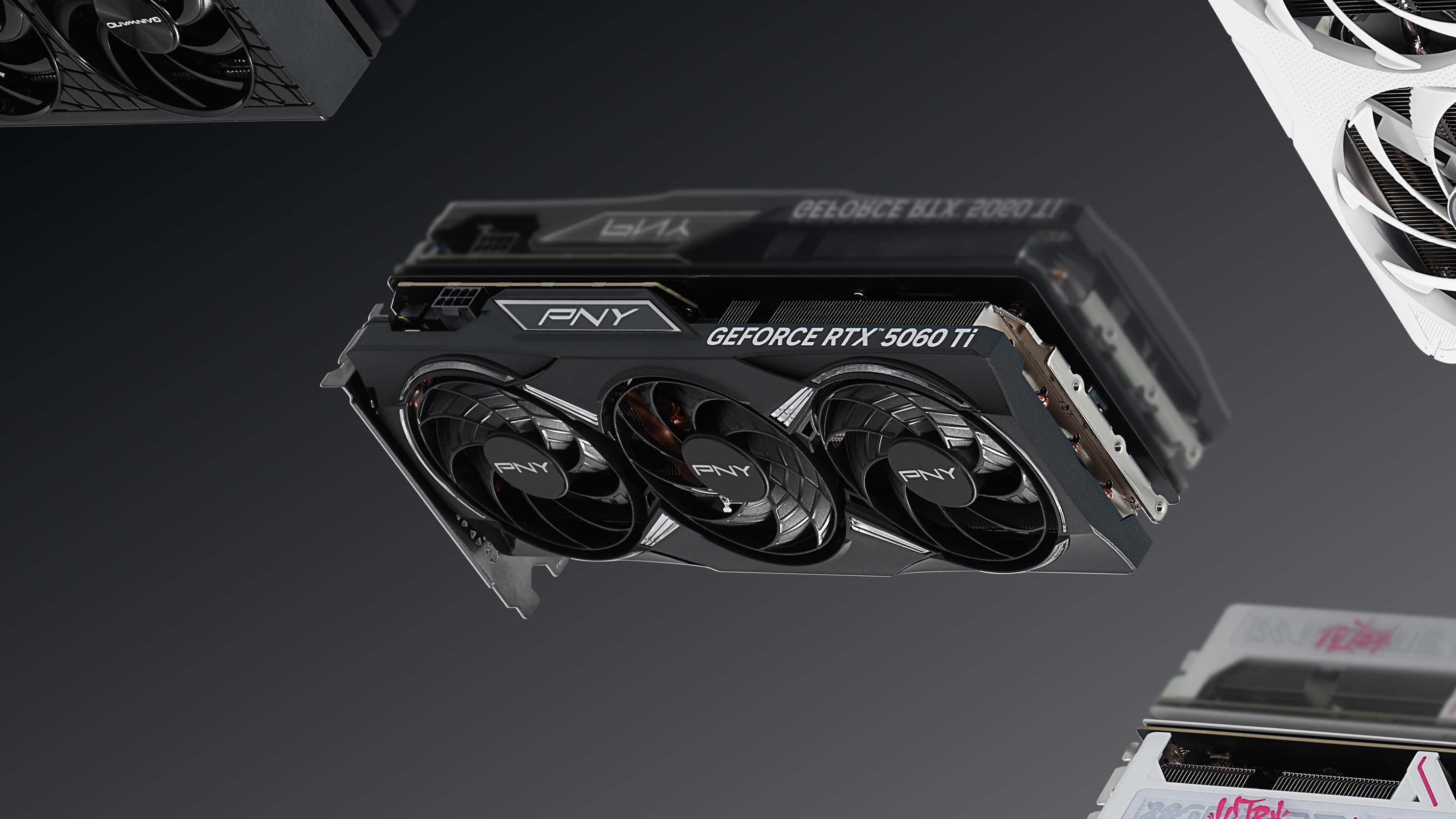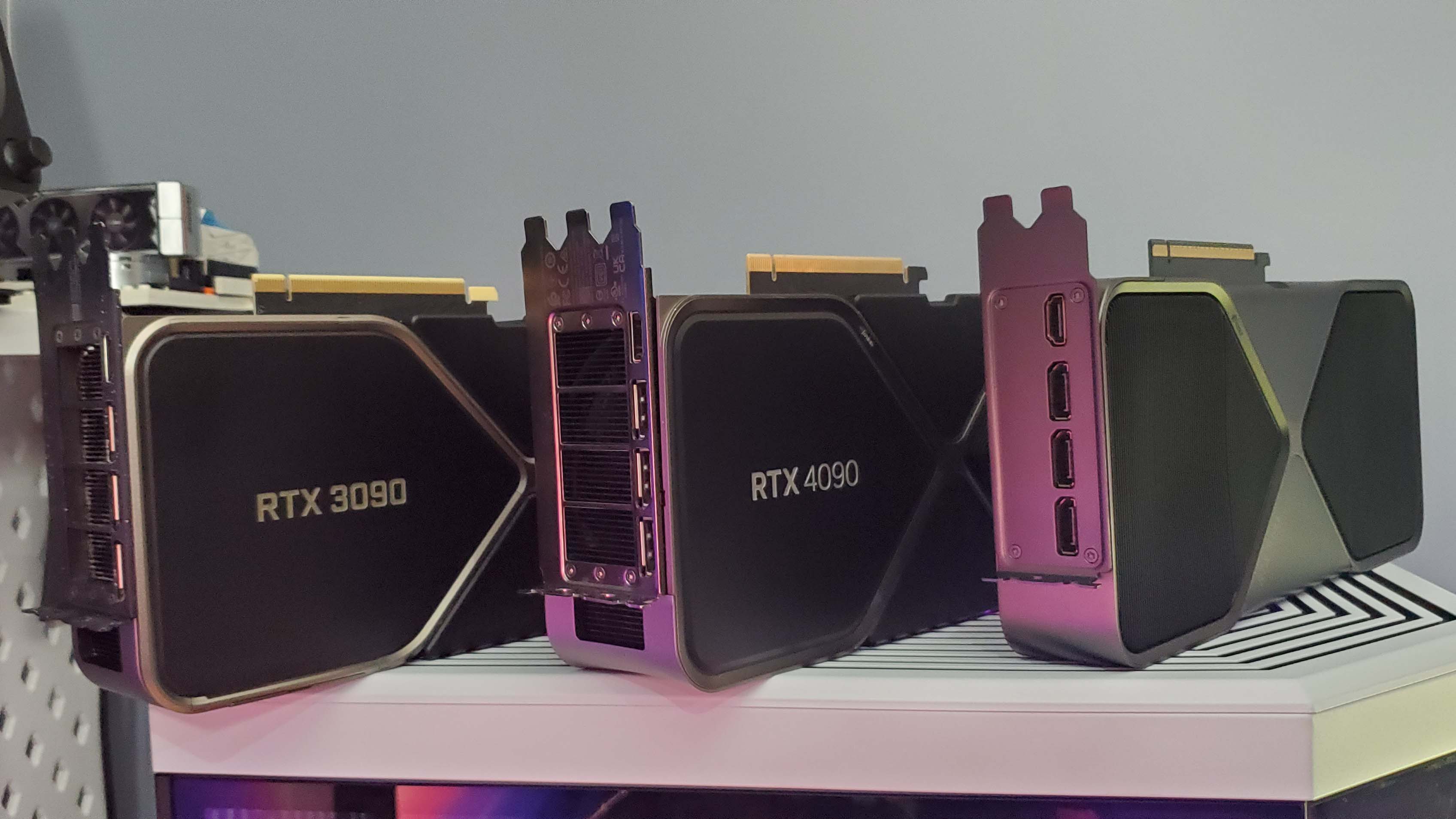
But really, will we see these cards at MSRP in the wild anyway?
Normally the launch of a new graphics card would be a wholly joyous affair, especially a more affordable one like the RTX 5060 Ti—GPUs for the masses and whatnot. This time, however, despite the siren song of affordable graphics cards, the rocks we’re heading towards have ‘may or may not be actually available at MSRP’ indelibly printed on them.
This was the case even before the Trump tariffs, but the uncertainty surrounding the administration’s tariffs and whether they apply to computer parts now or in the future, certainly doesn’t help.
Nvidia has said that the RTX 5060 and RTX 5060 Ti GPU MSRPs are “not inclusive of regional VAT or any tariff.” This means should a tariff be put on PC parts, Nvidia is at least for now washing its hands of the whole pricing debacle that would surely follow.
In fact, Nvidia’s GeForce product manager Justin Walker says there’s “not a whole lot we can do about tariffs.” There’s at least an attempt at reassurance: “We can work with our partners to get these out at reasonable prices, which we are doing.”
Credit where credit’s due, I’d rather this honesty than hands-over-ears *la la la tariffs what tariffs?* But it still stings, as reality often does.
The RTX 5060 and RTX 5060 Ti were announced today and will start at $299 for the RTX 5060, $379 for the 8 GB RTX 5060 Ti, and $429 for the 16 GB RTX 5060 Ti. The sweet spot will likely be that $379 model.
But it’ll only be sweet if that’s actually the price we find the 8 GB version of the RTX 5060 Ti graphics cards retailing for. Currently, while the UK is faring a little better, in the US it’s difficult to find RTX 50-series cards for anything close to their MSRPs, and that’s been the tale ever since their respective launches.
Throw the new US tariffs into the mix, too, and I’m not filled with confidence. It’s not as if we’re getting a clear picture of what these tariffs will be, either, since there’s a lot of seeming flip-flopping going on. The latest is that computer parts and semiconductors have been made exempt from tariffs, according to a White House press release, which had already been watered down, though there is still a threat of further tariffs to come on, according to Donald Trump on Truth Social.
Likely in response to growing pressure on US businesses to build things in the US Nvidia has announced plans to build AI chips and supercomputers in the US for the first time. Some chips are already in production at TSMC’s Arizona plant, but there are plans for new plants in Texas in collaboration with Foxconn and Wistron.
Best CPU for gaming: The top chips from Intel and AMD.
Best gaming motherboard: The right boards.
Best graphics card: Your perfect pixel-pusher awaits.
Best SSD for gaming: Get into the game ahead of the rest.
Though whether Nvidia feels the pressure to change its MSRPs due to tariffs isn’t the main threat to PC gamers’ purse strings. The card partners building and shipping these cards across the globe might be sweating over their bottom line and considering price increases.
For now, any immediate price rises might be eased by the ongoing exemption, but if that changes or prices rise, the customer will bear the brunt of it.
Let’s not end on that note. Maybe the RTX 5060 and RTX 5060 Ti will be the return of reasonable pricing in 2025—it’s not impossible, I suppose, and they are expected to be available in even higher volume than the RTX 5070 thanks to that ickle GB206 GPU.
And there’s always the RX 9060 and RX 9060 XT to consider, with the latest rumours having the latter seeming like an RX 9070 XT cut in two. Judging by AMD’s initial announcement, these cheaper RDNA 4 cards should be launching relatively soon, and if the RX 9070 XT giving it to the RTX 5070 Ti is anything to go by, they might offer some decent competition against the RTX 5060 and RTX 5060 Ti.
Then again, it’s hard to find RX 9070 and RX 9070 XT cards in stock at MSRPs, too… Damn, and there was me not wanting to finish on a sour note.





